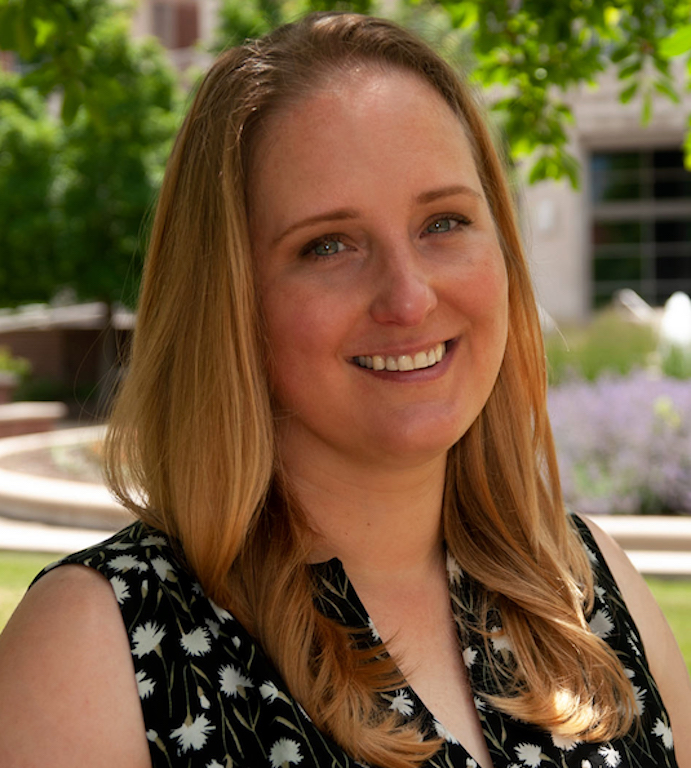New Frontiers Initiative (NFI) and Blue Waters (BW) Graduate Fellowship Programs
| 2021-2022 New Frontiers Graduate FellowsThe following are the 2021-2022 fellows and their project plans.
|
Skip to Content





